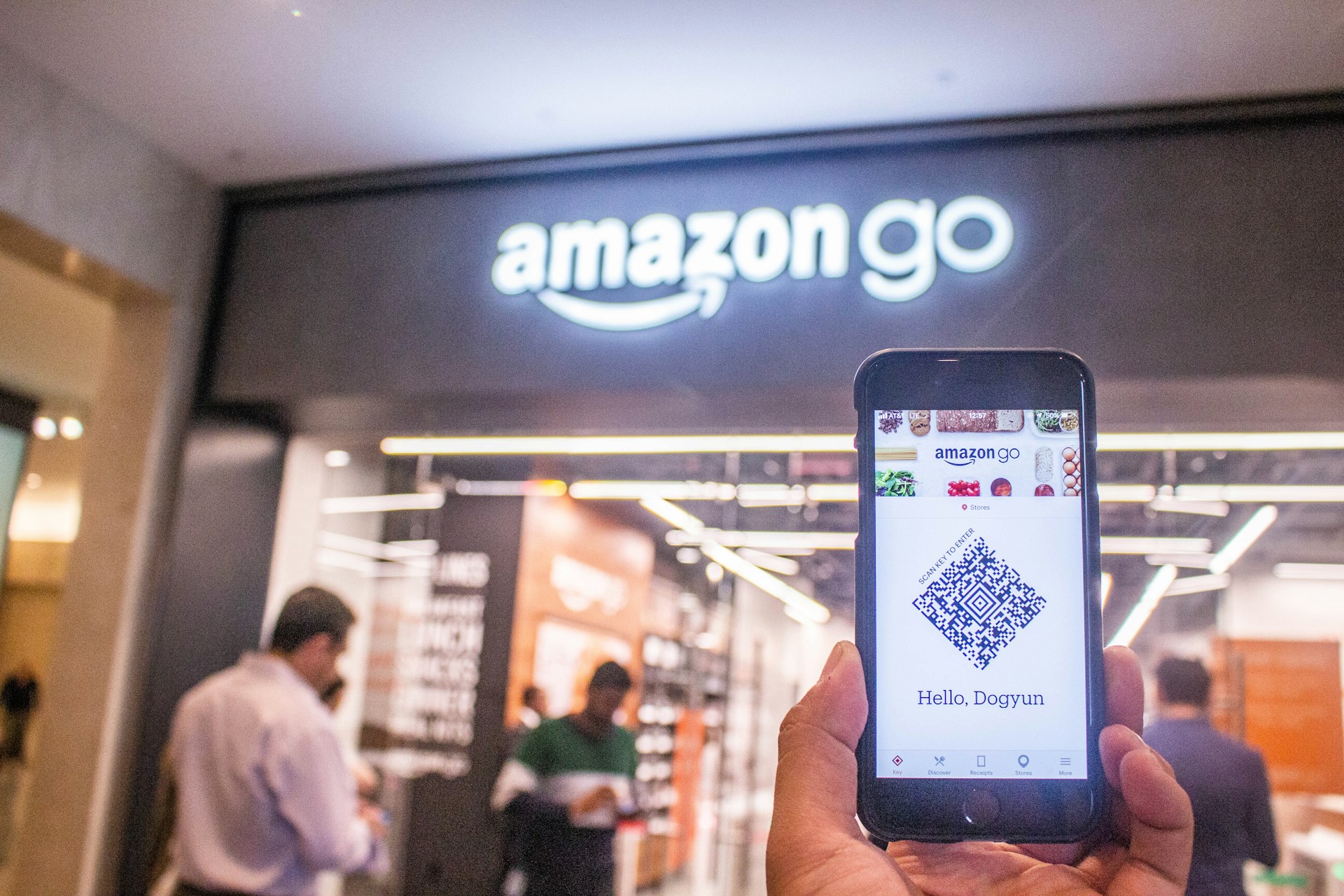
8 Innovative Uses for AI in Healthcare
October 4, 2023 - Lou Farrell
Revolutionized is reader-supported. When you buy through links on our site, we may earn an affiliate commission. Learn more here.
The most innovative applications for AI in healthcare address modern problems. While many medical facilities have already explored using the technology in the diagnostic process, they have yet to tap into most of its potential. Although it’s somewhat of an unexplored frontier, many exciting, practical developments are occurring.
1. Bridging Language Barriers
According to one study, over 25 million Spanish-speaking people in the United States received around 33% less care than others due to language barriers. Specifically, they have fewer hospital visits and doctors prescribe them less medication.
While federal regulations require healthcare facilities to have translation services, they typically don’t enforce the mandate. Additionally, insurers often won’t cover the cost of a dedicated translator. As a result, many people have poor-quality visits or go untreated.
Natural language processing (NLP) may be the solution to this issue. It’s a branch of artificial intelligence (AI) that essentially understands language. Healthcare professionals can teach it medical terminology in multiple different languages to improve communication between themselves and their patients.
Since it responds nearly instantaneously in real time, it is an incredibly effective communication tool. It can even support those that already have translators, as it can break down complex medical jargon in a way that the patient can understand. Ultimately, it would make healthcare more accessible to those in need.
2. Expanding Telehealth
Most people are familiar with chatbots because customer service departments around the globe rely on them for prompt communication. How would they fit into healthcare? AI can take the place of doctors and provide answers or communicate the likelihood of particular diagnoses.
In fact, AI models are surprisingly effective when it comes to identifying diseases. For instance, one machine learning model from Washington University had a 90% accuracy rate when identifying signs of ovarian cancer.
People could simply hop on their phone or computer to talk to a chatbot for half an hour instead of scheduling an appointment, taking time off work and possibly exposing themselves to illness in the facility’s waiting room. AI in healthcare increases accessibility.
This method also protects medical professionals from disease exposure, which would be critical in a high-risk situation like an endemic. Additionally, it could alleviate some pressure on them because it would lighten their workload.
3. Utilizing Medical Wearable Data
More hospitals began using the Internet of Things (IoT) during the pandemic in the form of medical wearables. Since they collect patient data to track their conditions, they’re effectively a valuable untapped resource for AI. Algorithms could use them for training, allowing them to personalize predictive care.
Since the devices update in real time, AI will always have up-to-date, accurate information. As a result, it can reference its data set to make predictions about their health. Imagine a person finding out they were at high risk for a heart attack before it becomes a serious risk — this technology could help people improve their lifestyles or seek medical care far in advance of a life-threatening situation.
4. Producing Synthetic Data
While clinical trials are beneficial, they’re often plagued with inaccuracies. A medical professional at England’s National Health Service studied 150 clinical trials in 2020, finding that 44% contained impossible figures, duplicates or incorrect calculations. They also typically faced issues like convenience sampling or small sample sizes.
On top of this, the industry often strictly limits data access, preventing research from benefitting as many people as it should. AI is the best modern alternative available because it can produce synthetic data. Essentially, it can use historical and current information to create an artificial knowledge base.
Researchers and medical professionals could use it to further studies, improve trial accuracy and train students. While it may not be a 100% accurate reflection of reality, it is one of the best solutions to overcome the current issue with data silos. Also, the industry could save $108 billion annually with an efficient research and development process.
5. Revolutionizing Post-Operation Care
The capabilities of AI in healthcare are seemingly endless. For example, post-operation care is an innovative use for NLP. Patients often struggle when they get home from surgery — or even a routine visit — because they lack knowledgeable support systems. They may forget to take their medicine, take it improperly, experience intense pain or face new side effects.
The ideal solution would be to allocate professional helpers to them, but that’s simply an unrealistic approach. An AI assistant is much more accessible, affordable and effective. Using NLP, it could give them reminders, tell them how to alleviate pain and alert their doctor of any undesirable changes in their condition.
6. Allocating Resources Properly
The healthcare industry is wasteful. For example, clinical operations alone contribute to $165 billion in resource waste every single year. AI can help address this issue because it can identify the best course of action.
Consider, for instance, the distribution methods for the COVID-19 vaccine. It was scarce, so there was a lot of debate about which communities should get it. Additionally, professionals even had to get rid of thousands of doses at times because of improper management.
In this case, AI could’ve identified which communities had the highest likelihood of spread, making the process much more efficient. Whether the medium is hospital beds, drugs or vaccines, it can make data-driven decisions to guide professionals.
7. Identifying Potential Outbreaks
If AI utilizes a large amount of data, it can identify possible disease outbreaks, allowing professionals to address the issue before it becomes a threat. It can use historical and current information to recognize hidden patterns before medical professionals can.
Imagine a world where an algorithm could recognize a suspicious uptick in similar symptoms and alert the relevant department before anyone even knew of the disease’s existence. In this scenario, it could analyze each patient’s personal history to see what connects them, meaning it could find the outbreak’s source.
If this technology is extensive enough, it could prevent another pandemic. Of course, it would need big data to fully realize its potential. This would realistically require facilities to share their information on a massive scale.
While it seems impossible, an expert at the Mayo Clinic — the largest nonprofit medical practice worldwide — estimates over 100 million anonymized medical records will be available to train healthcare AI models by the end of 2023.
8. Supporting Doctors
Misdiagnosis adversely impacts millions of people in the United States every single year and costs the industry billions of dollars. Often, medical professionals make subconscious assumptions preventing them from making an accurate diagnosis.
Since AI is data-driven, it could dramatically increase accuracy. While it is still prone to training on biased information, it’s typically much more effective than a human-only approach. It could analyze their symptoms, calculate the likelihood of each and provide a comprehensive list most possible issues.
Additionally, a model could support medical professionals during their day-to-day operations. For instance, it can reduce MRI time by 90% on average due to its rapid image acquisition pace, freeing up time for more pressing matters. The potential for AI in healthcare to be revolutionary is incredibly high.
The Technological Revolution of AI in Healthcare
How can AI in healthcare innovate traditional medical practices? It can overhaul communication, streamline diagnoses and support practitioners in a unique way. Ultimately, it has the power to change the system for the better.
Revolutionized is reader-supported. When you buy through links on our site, we may earn an affiliate commission. Learn more here.
Author
Lou Farrell
Lou Farrell, Senior Editor, is a science and technology writer at Revolutionized, specializing in technological advancements and the impacts on the environment from new developments in the industry. He loves almost nothing more than writing, and enthusiastically tackles each new challenge in this ever-changing world. If not writing, he enjoys unwinding with some casual gaming, or a good sci-fi or fantasy novel.







